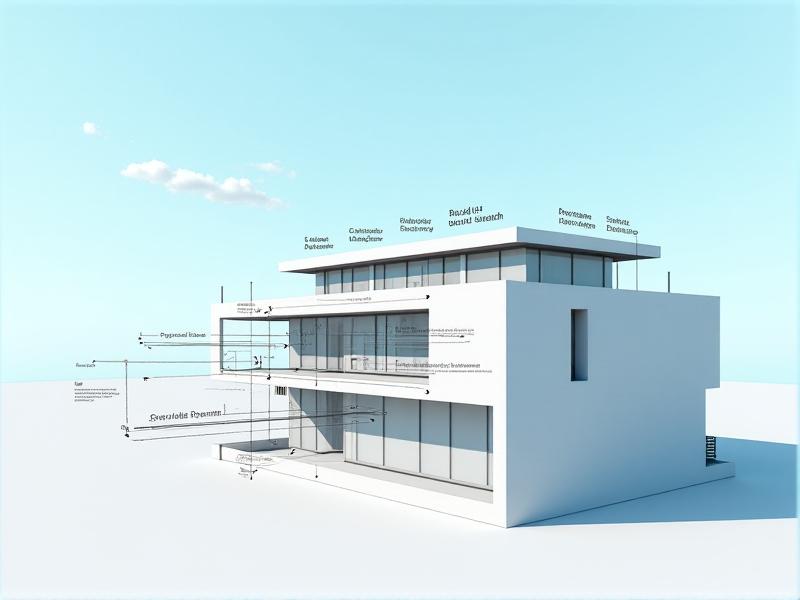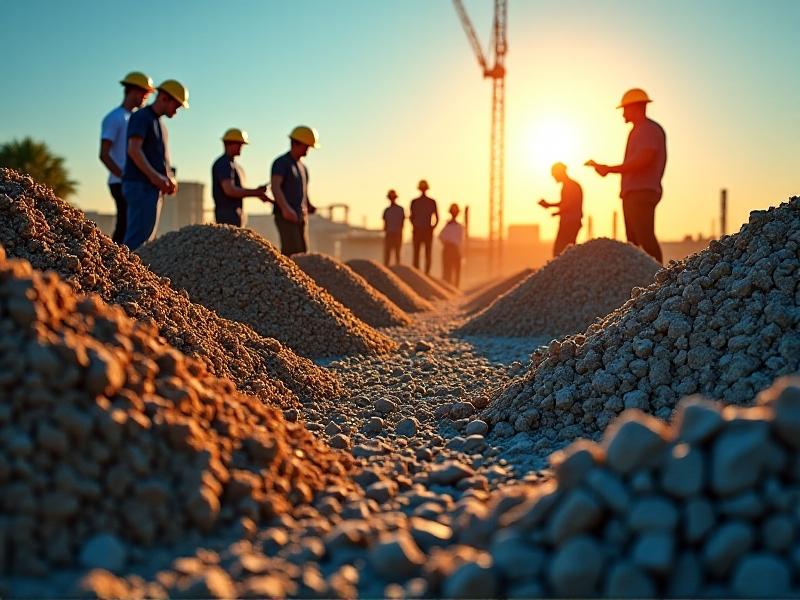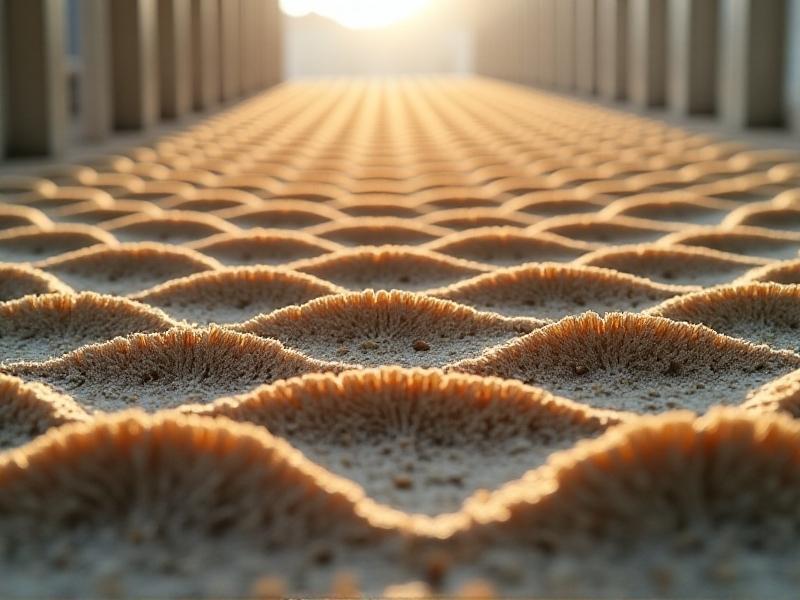Wind Uplift Resistance Standards for Roof Myco-Insulation
Understanding Wind Uplift Resistance in Roofing Systems
Wind uplift resistance is a critical factor in the design and performance of roofing systems. It refers to the ability of a roof to withstand the forces exerted by wind, which can lift and potentially damage the roofing materials. For myco-insulation, a sustainable and innovative roofing solution, understanding and meeting wind uplift resistance standards is essential to ensure durability and safety.
Myco-insulation, derived from mycelium—the root structure of fungi—offers a unique combination of lightweight, thermal efficiency, and environmental sustainability. However, its organic nature raises questions about its structural integrity under extreme weather conditions, particularly high winds. This section delves into the fundamentals of wind uplift resistance, exploring how it is measured and why it is crucial for myco-insulation in roofing applications.

The Science Behind Myco-Insulation
Myco-insulation is a bio-based material that leverages the natural properties of mycelium to create a robust and eco-friendly insulation layer. Mycelium, when grown under controlled conditions, forms a dense, interwoven network that can be harvested and processed into insulation panels. These panels are not only lightweight but also offer excellent thermal and acoustic insulation properties.
One of the key advantages of myco-insulation is its low environmental impact. Unlike traditional insulation materials that rely on petrochemicals or mineral resources, myco-insulation is grown from agricultural waste, making it a renewable and biodegradable option. However, the organic composition of myco-insulation poses unique challenges when it comes to wind uplift resistance. This section explores the material science behind myco-insulation and how it can be engineered to meet the demanding standards required for roofing applications.

Wind Uplift Testing Methods for Roofing Materials
To ensure that roofing materials, including myco-insulation, can withstand wind uplift forces, standardized testing methods are employed. These tests simulate the conditions that a roof might experience during a storm, measuring the material's ability to resist lifting and tearing. Common testing methods include the ASTM D6381 standard, which evaluates the wind resistance of roofing systems through controlled laboratory experiments.
For myco-insulation, these tests are particularly important due to its unique properties. The material's lightweight nature and organic composition require specialized testing protocols to accurately assess its performance. This section provides an overview of the most widely used wind uplift testing methods, explaining how they are conducted and what they reveal about the material's capabilities. It also discusses the challenges of adapting these tests for bio-based materials like myco-insulation.

Design Considerations for Wind-Resistant Myco-Insulation Roofs
Designing a roof with myco-insulation that meets wind uplift resistance standards involves several key considerations. The first is the selection of appropriate myco-insulation panels that have been tested and certified for wind resistance. These panels must be installed using methods that enhance their ability to withstand wind forces, such as secure fastening systems and proper sealing techniques.
Another important factor is the overall roof design, including the shape, slope, and the presence of features like parapets or overhangs. These elements can influence how wind interacts with the roof, either increasing or reducing the risk of uplift. This section explores the design strategies that can be employed to maximize the wind resistance of roofs using myco-insulation, ensuring that they are both functional and sustainable.
Case Studies: Successful Applications of Myco-Insulation in Wind-Prone Areas
Several projects around the world have successfully implemented myco-insulation in areas prone to high winds, demonstrating its potential as a viable roofing material. These case studies provide valuable insights into the practical challenges and solutions associated with using myco-insulation in such environments.
One notable example is a residential development in a coastal region, where myco-insulation was used to create energy-efficient homes that could withstand hurricane-force winds. Another case study involves a commercial building in a windy urban area, where myco-insulation contributed to both thermal performance and structural resilience. This section examines these and other projects, highlighting the lessons learned and best practices for using myco-insulation in wind-prone areas.
Future Trends in Wind-Resistant Roofing with Myco-Insulation
As the demand for sustainable building materials continues to grow, myco-insulation is poised to play a significant role in the future of wind-resistant roofing. Advances in material science and manufacturing techniques are expected to enhance the performance of myco-insulation, making it even more effective at withstanding wind uplift forces.
In addition, the development of new testing standards and design guidelines tailored to bio-based materials will facilitate their broader adoption in the construction industry. This section explores the emerging trends and innovations in wind-resistant roofing with myco-insulation, offering a glimpse into what the future holds for this promising material.
Challenges and Solutions in Implementing Myco-Insulation for Wind Resistance
While myco-insulation offers numerous benefits, there are challenges that must be addressed to ensure its effectiveness in wind-resistant roofing. One of the primary concerns is the material's susceptibility to moisture, which can compromise its structural integrity over time. Additionally, the lack of widespread awareness and acceptance of myco-insulation in the construction industry can hinder its adoption.
To overcome these challenges, researchers and manufacturers are developing moisture-resistant formulations and promoting the benefits of myco-insulation through education and outreach. This section discusses the obstacles faced in implementing myco-insulation for wind resistance and the strategies being employed to address them, paving the way for its successful integration into modern roofing systems.
Regulatory and Certification Standards for Wind-Resistant Myco-Insulation
Meeting regulatory and certification standards is a crucial step in the adoption of myco-insulation for wind-resistant roofing. These standards ensure that the material has been rigorously tested and meets the necessary safety and performance criteria. In the United States, organizations like the International Code Council (ICC) and ASTM International provide guidelines and certifications for roofing materials.
For myco-insulation, navigating these regulatory requirements can be complex due to its novel nature. This section provides an overview of the key standards and certifications relevant to wind-resistant roofing, explaining how they apply to myco-insulation and what manufacturers need to do to achieve compliance. It also highlights the importance of third-party testing and certification in building trust and credibility for new materials.
The Environmental Impact of Wind-Resistant Myco-Insulation
One of the most compelling reasons to adopt myco-insulation for wind-resistant roofing is its positive environmental impact. Unlike traditional insulation materials that contribute to landfill waste and greenhouse gas emissions, myco-insulation is biodegradable and can be produced with a minimal carbon footprint. This section explores the environmental benefits of myco-insulation, from its renewable sourcing to its potential for reducing the overall carbon footprint of buildings.
In addition to its direct environmental benefits, myco-insulation can also contribute to broader sustainability goals by improving the energy efficiency of buildings. By reducing the need for heating and cooling, myco-insulation helps lower energy consumption and associated emissions. This section delves into the ways in which myco-insulation supports a more sustainable built environment, making it a valuable choice for eco-conscious builders and homeowners.
Conclusion: The Role of Myco-Insulation in the Future of Wind-Resistant Roofing
As the construction industry continues to seek innovative and sustainable solutions, myco-insulation stands out as a promising material for wind-resistant roofing. Its unique combination of lightweight, thermal efficiency, and environmental benefits makes it an attractive option for builders and architects looking to meet the challenges of modern construction.
While there are still hurdles to overcome, the ongoing advancements in material science, testing methods, and regulatory standards are paving the way for the broader adoption of myco-insulation. By addressing the challenges and leveraging its strengths, myco-insulation has the potential to revolutionize the way we think about roofing, offering a sustainable and resilient solution for the future.








